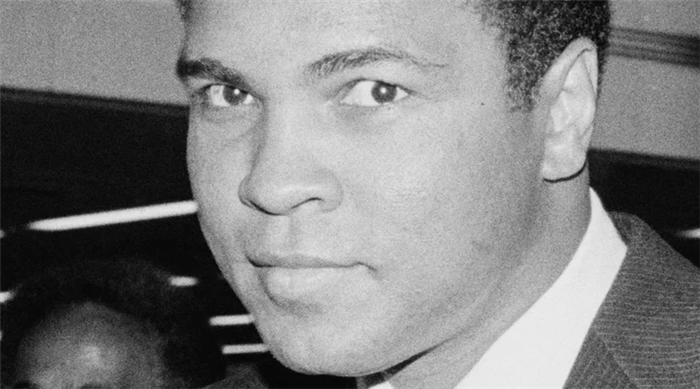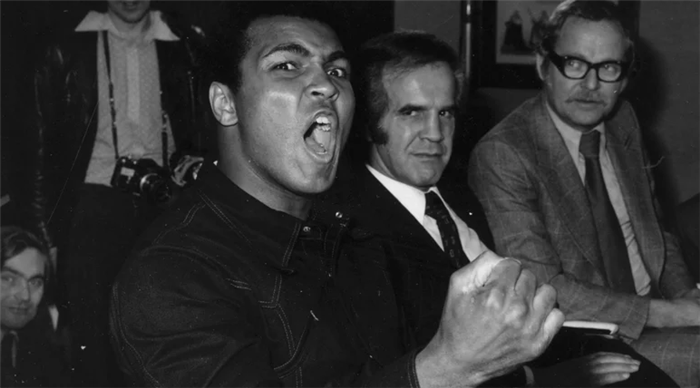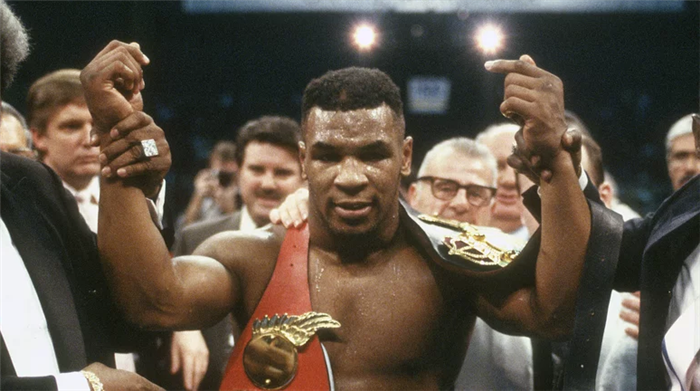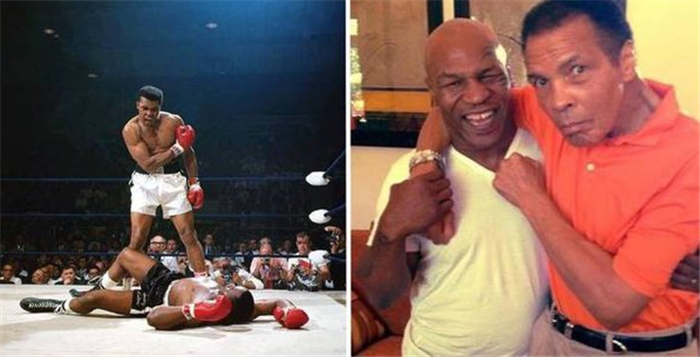One of the finest athletes to ever grace the globe was Muhammad Ali. Indeed, he is so great that he goes by the moniker “The Greatest.” His advocacy is acknowledged with serving as a model for how sportsmen may use their platforms to spread political messages and effect positive change outside of their sport. He was renowned for his quick hands and quick feet in the ring.
It’s difficult to envision Ali declining an opportunity to compete against anyone given his reputation as one of the fiercest competitors in sports history. However, in the book “Muhammad Ali: The Life of a Legend” by Fiaz Rafiq, former heavyweight champion George Foreman is cited as saying that Ali himself claimed he was concerned about the thought of meeting one, in particular a hard-hitting young boxer. It was none other than Mike Tyson who was competing.

Cassius Clay Becomes Muhammad Ali
On January 17, 1942, Cassius Marcellus Clay Jr. was born in Louisville, Kentucky. He was introduced to boxing in a unique way, claims Biography. Following the theft of his bicycle, Clay contacted Joe Martin, a police officer, and demanded to punch the perpetrator.
Prior to posing challenges to strangers, Martin advised him that it would be preferable to learn how to fight. Clay began working with Martin and soon picked up the finer skills of boxing thanks to the fortunate circumstance that Martin also worked as a sideline boxing trainer.

By 1960, Clay had made the American Olympic boxing team and had defeated Polish fighter Zbigniew Pietrzkowski to win the light heavyweight gold medal in the Summer Olympics in Rome. Upon his arrival back in the country, Clay was acclaimed as a hero and was well on his way to a legendary boxing career. Although it was near the end of his Cassius Clay career, that was just the beginning of his time in the spotlight.
Clay began using the moniker Cassius X when he joined the Nation of Islam in 1964, but later chose Muhammad Ali and converted to Islam in the 1970s.

Ali Retires
After 12 intense rounds, Ali defeated Frazier by decision in their 1974 rematch. On October 30, 1974, in Kinshasa, Zaire, he fought heavyweight champion George Foreman. The match is known as the “Rumble in the Jungle,” and Ali prevailed by knocking Foreman out in the eighth round (source: History).
Throughout the remainder of the 1970s, Ali engaged in a number of high-profile fights, including a third match with Frazier, known as the “Thrilla in Manila,” which was held in the Philippines as you might expect, and a title bout with heavyweight Leon Spinks. When Larry Holmes entered the ring in the early 1980s, Ali had already declared his retirement in 1979. Ali dropped the match.

Tyson Avenges Ali’S Loss To Larry Holmes
By the time Iron Mike made his debut, Ali had already left his professional career behind, making it unlikely that the two would ever meet in the ring, assuming there was ever any chance of it. Ali was Tyson’s idol, and the boxer publicly swore to avenge his hero’s defeat to Larry Holmes in 1980.
With his mentor and trainer Cus D’Amato, 14-year-old Tyson had watched the bout on television as Ali was destroyed by Holmes at Caesars Palace in Las Vegas. The following day, D’Amato gave Tyson permission to speak with Ali by calling him. He declared, according to TalkSport, “When I grow up, I’ll fight Holmes and I’ll get him back for you.”
Tyson kept his promise, and in 1988, Ali-assisted promoter Don King convinced the 38-year-old retired Holmes to step back into the ring for a match with Tyson. Ali was present and seated ringside. He was observed saying something in Tyson’s ear prior to the fight. According to Tyson, he said, “Remember what you said — get him for me.” In just four rounds, Tyson defeated Holmes by doing exactly that.
